18 Midjourney Sref Codes to Create Amazing Illustrations
One of the coolest features of Midjourney is the ability to use sref codes in your prompts. These codes are like magic numbers that tell Midjourney what style or aesthetic to apply to your image. By using sref codes, you can create illustrations with consistent styles without having to write long, complicated prompts.
In this post, I’ve put together a collection of 18 sref codes that I think you’ll love. These codes cover a wide range of styles, from whimsical and playful to mysterious and eerie. Whether you’re looking to create illustrations for a children’s book, a fantasy novel, or just for fun, I’m confident you’ll find a code here that suits your needs.
So, let’s get started! I’ll walk you through what sref codes are, how to use them, and then dive into the 18 codes I’ve handpicked for you. By the time you finish reading this post, you’ll be ready to create your own amazing illustrations with Midjourney.
What are Sref Codes
Alright, let’s talk about sref codes. In simple terms, an sref code is a special number that you add to the end of your Midjourney prompt. It’s like a secret code that tells Midjourney, “Hey, I want my image to look like this!”
When you use an sref code, Midjourney applies a specific style or aesthetic to your image. It’s kind of like applying a filter on Instagram, but way more advanced. The cool thing is that you can use the same sref code across different prompts, and you’ll get a consistent style every time.
So, why should you use sref codes? Well, for one, they save you a lot of time and effort. Instead of trying to describe the style you want in your prompt, which can be tricky, you can just add the sref code and let Midjourney do the work. Plus, sref codes give you access to styles that you might not have even thought of or known how to describe.
In short, sref codes are like your secret weapon for creating amazing illustrations with Midjourney. They’re easy to use, save you time, and open up a whole world of creative possibilities.
How to Use Sref Codes
Using sref codes in Midjourney is super easy. All you have to do is add –sref followed by the code number at the end of your prompt. For example, if you want to create an illustration of a superhero in a specific style, your prompt might look like this:
Superhero flying over a city –sref 1234567890
Just replace “1234567890” with the actual sref code you want to use, and you’re good to go! Midjourney will generate an image based on your prompt, applying the style specified by the sref code.
But what if you don’t have a specific sref code in mind? No worries! You can use “–sref random” instead, and Midjourney will randomly select a style for you. It’s a great way to discover new styles and get inspired. After you submit your prompt, “random” will be replaced with the actual sref code that was used, so you can use it again in future prompts if you like the result.
One more thing to keep in mind: sref codes work best when you keep your prompts relatively simple. If you add too many details or conflicting styles in your prompt, the sref code might not have as much impact. So, try to keep your prompts focused and let the sref code do its magic.
That’s really all there is to it! With just a simple addition to your prompt, you can unlock a whole new world of creative possibilities in Midjourney.
18 Sref Codes Illustrations
Now, let’s get to the good stuff: the sref codes! I’ve handpicked 18 codes that I think you’ll love, covering a wide range of styles and aesthetics. For each code, I’ve included an example prompt and the resulting image so you can see exactly what kind of magic it creates.
- –sref 2528722645, Example prompt: Illustration of a happy princess –sref 2528722645
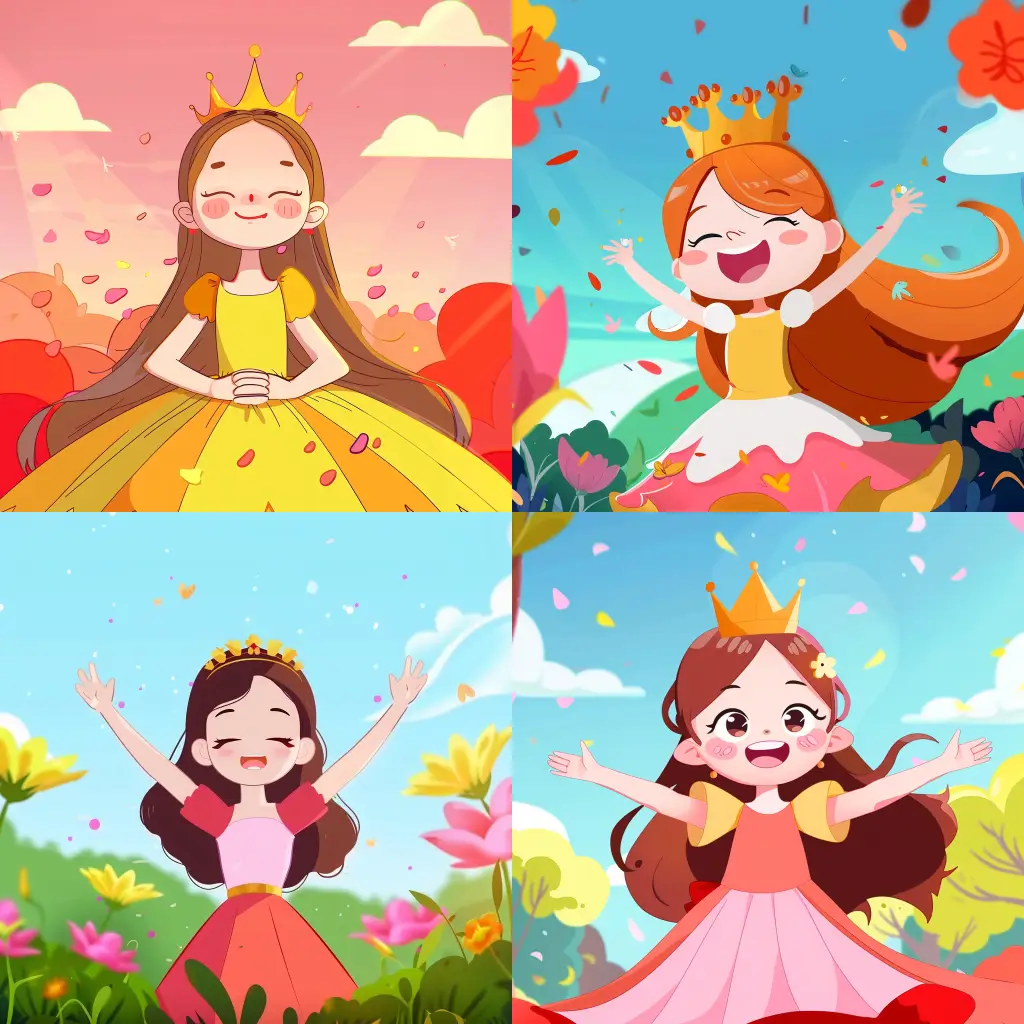
- –sref 71, Example prompt: Illustration of a beautiful young woman –sref 71

- –sref 3857233541, Example prompt: Illustration of a cat –sref 3857233541
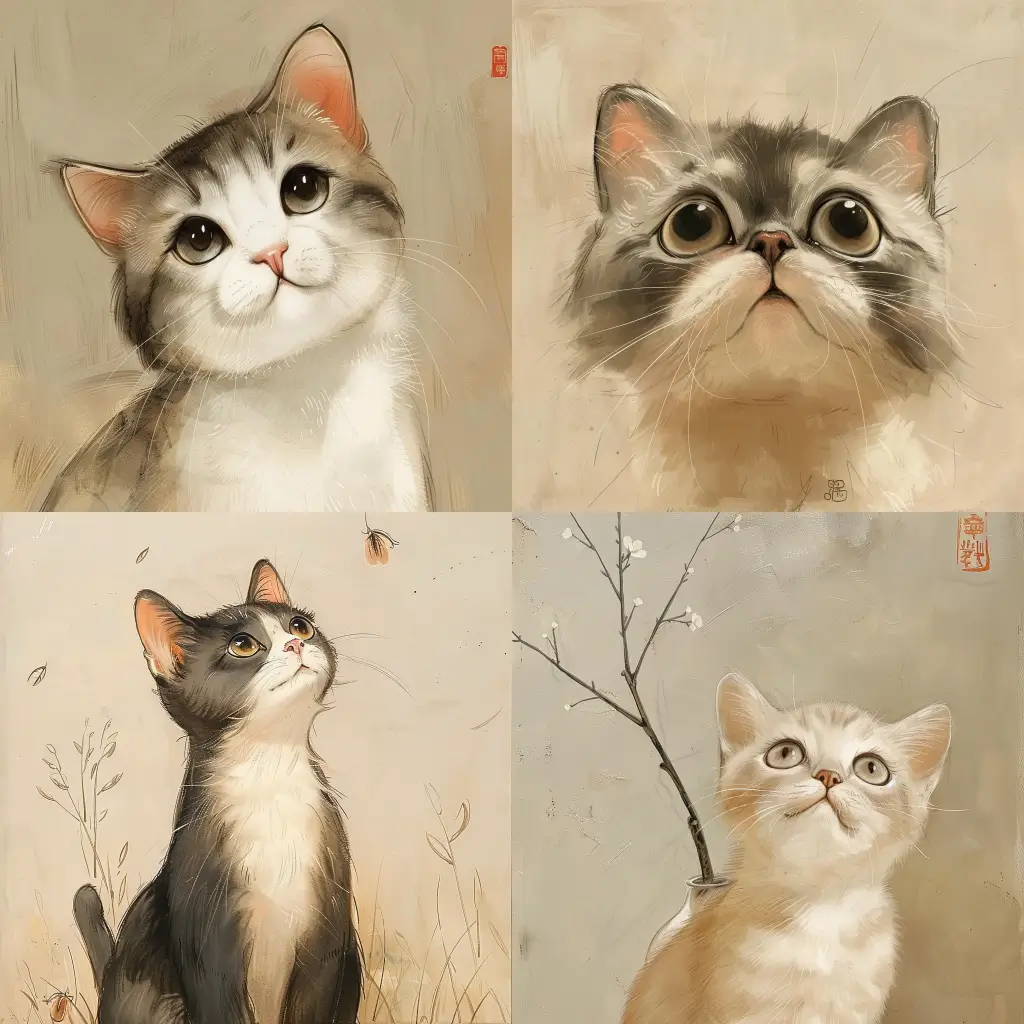
- –sref 122, Example prompt: Illustration of a happy kid –sref 122
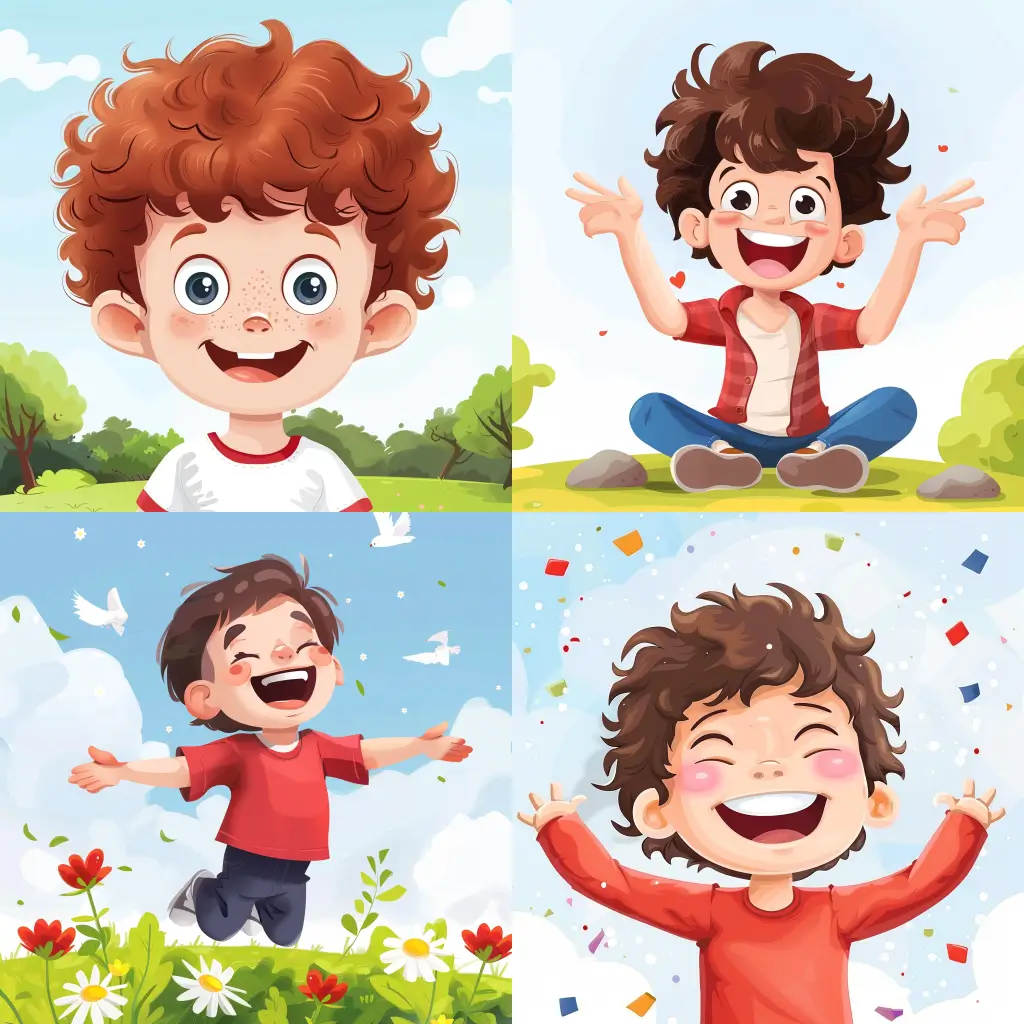
- –sref 2861604543, Example prompt: Beautiful landscape illustration –sref 2861604543

- –sref 4173051811, Example prompt: Illustration of a playful puppy –sref 4173051811
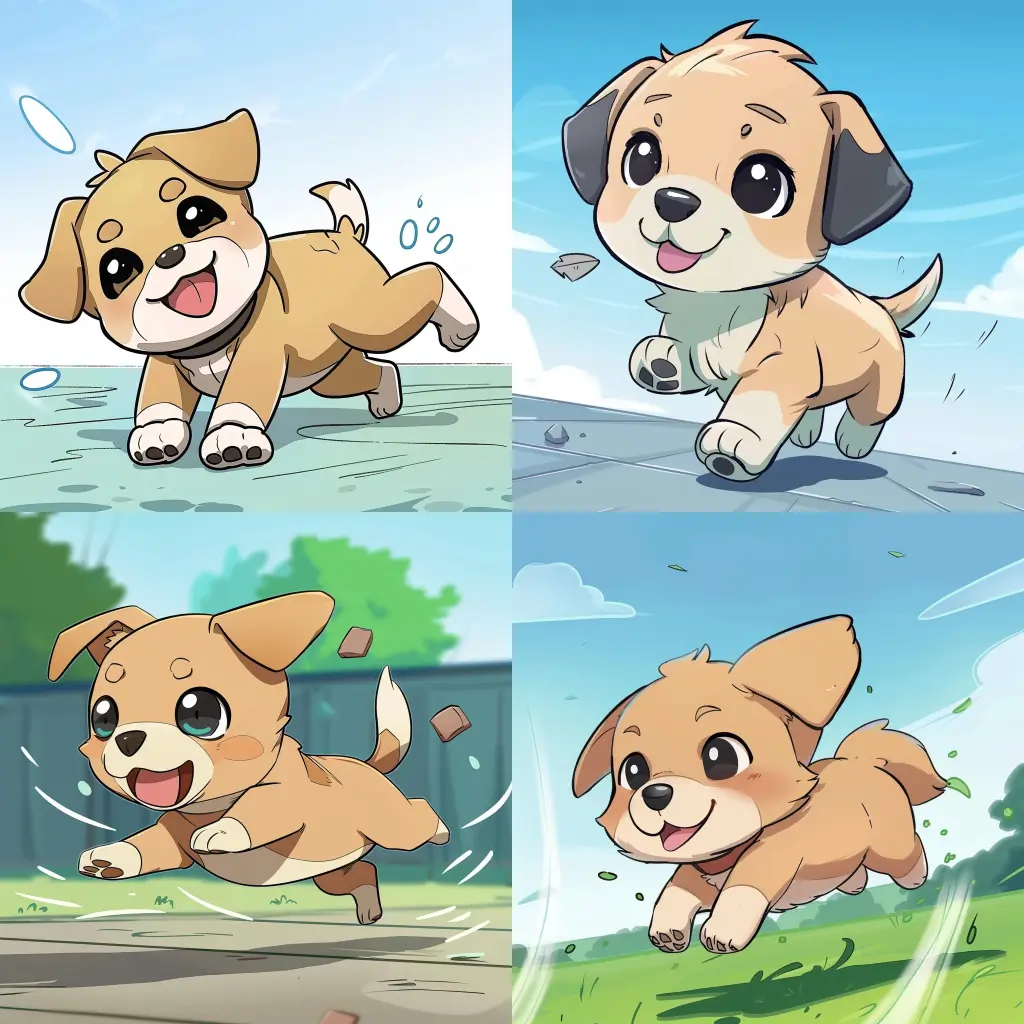
- –sref 130, Example prompt: Village illustration –sref 130
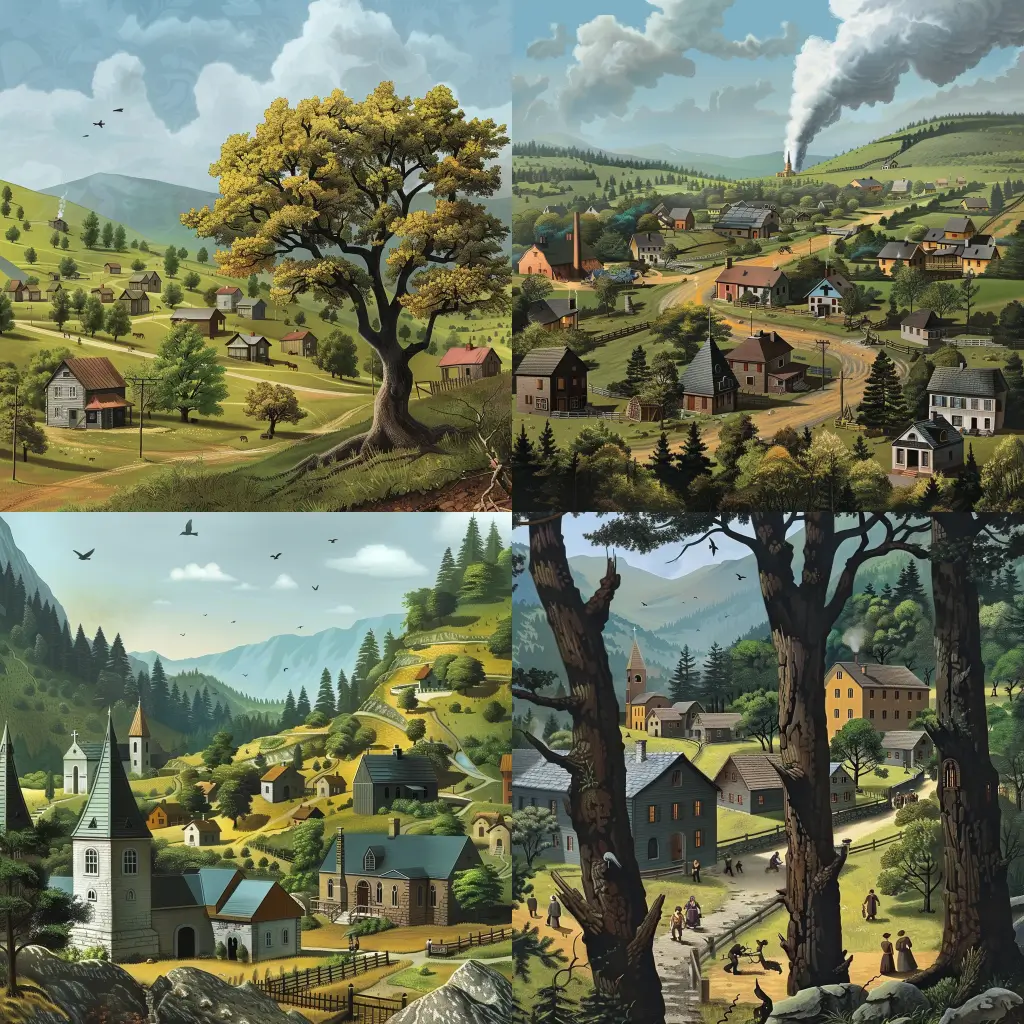
- –sref 999999999, Example prompt: Illustration of young man –sref 999999999
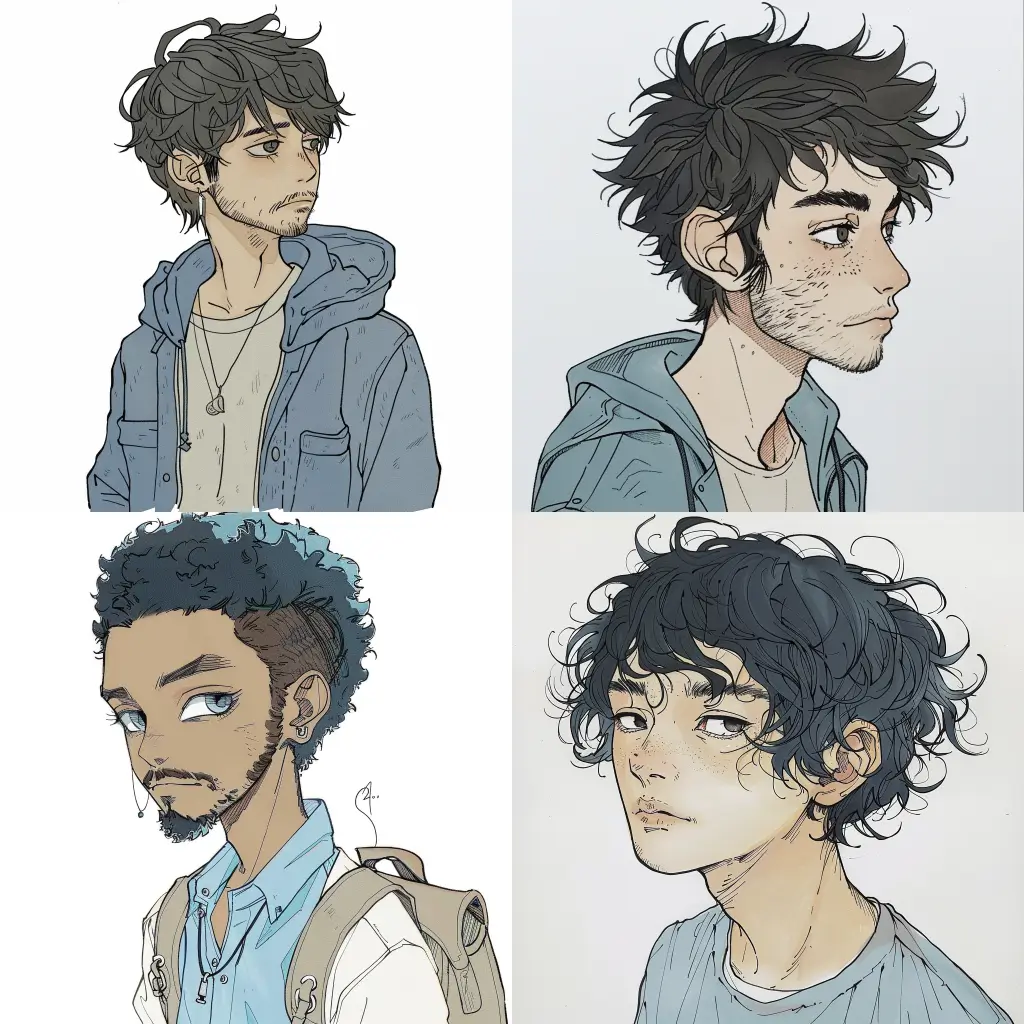
- –sref 3150758871, Example prompt: Illustration of a beautiful house –sref 3150758871
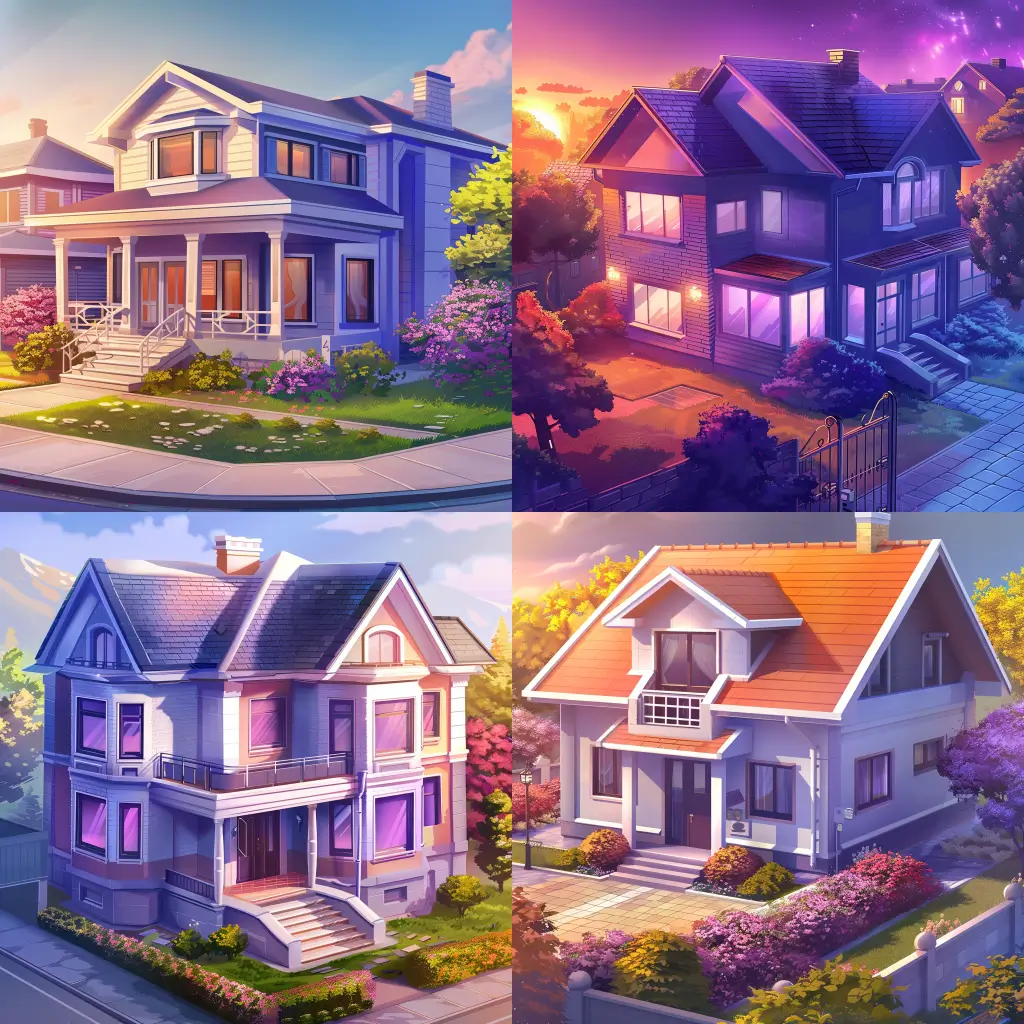
- –sref 170, Example prompt: Illustration of a garden –sref 170
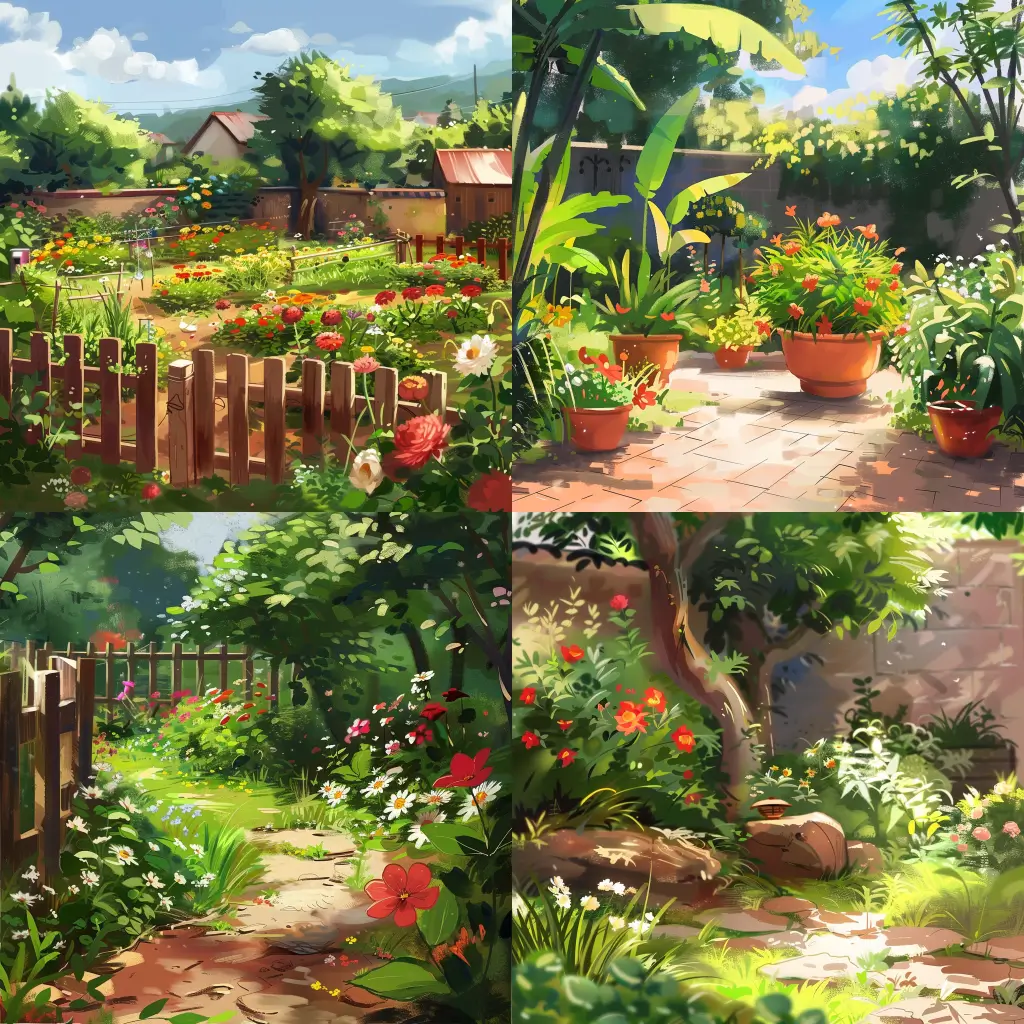
- –sref 2348006115, Example prompt: Beach illustration –sref 2348006115
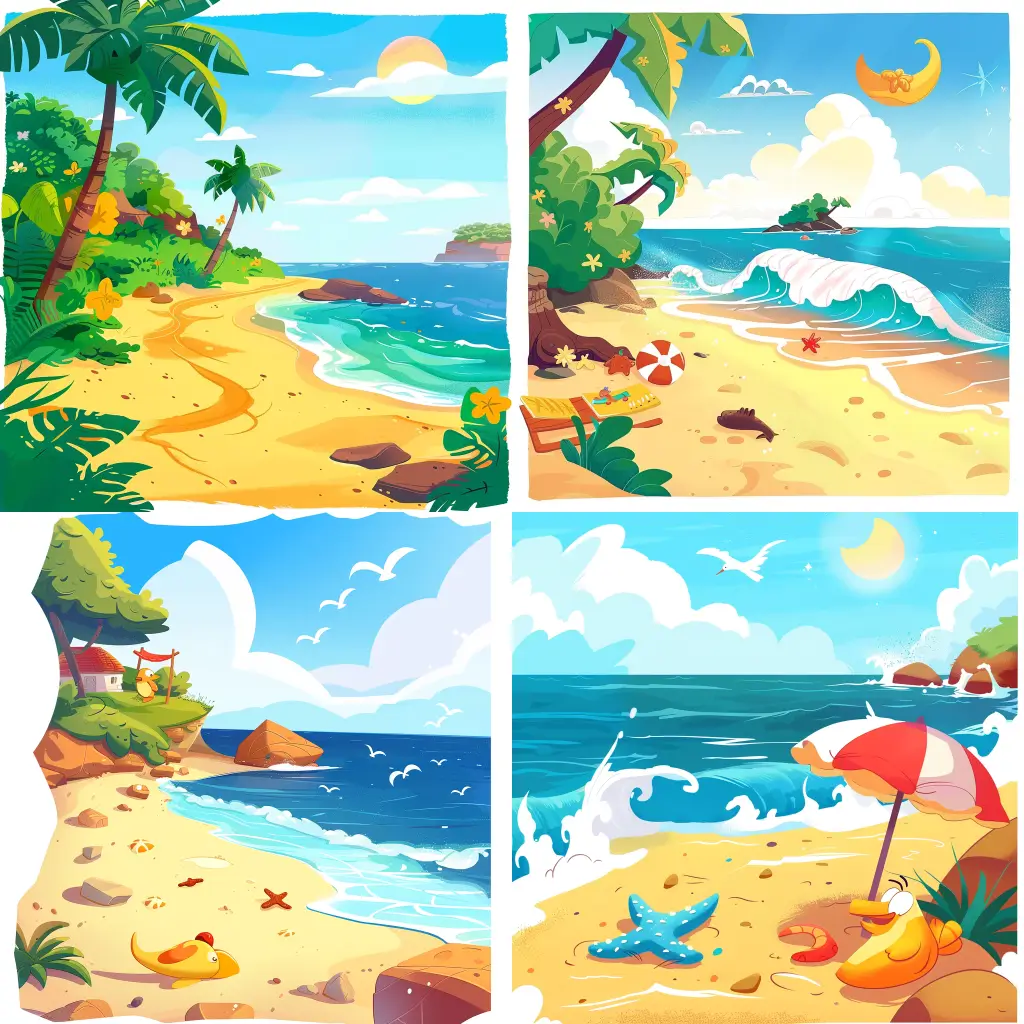
- –sref 4294967295, Example prompt: Illustration of a girl –sref 4294967295
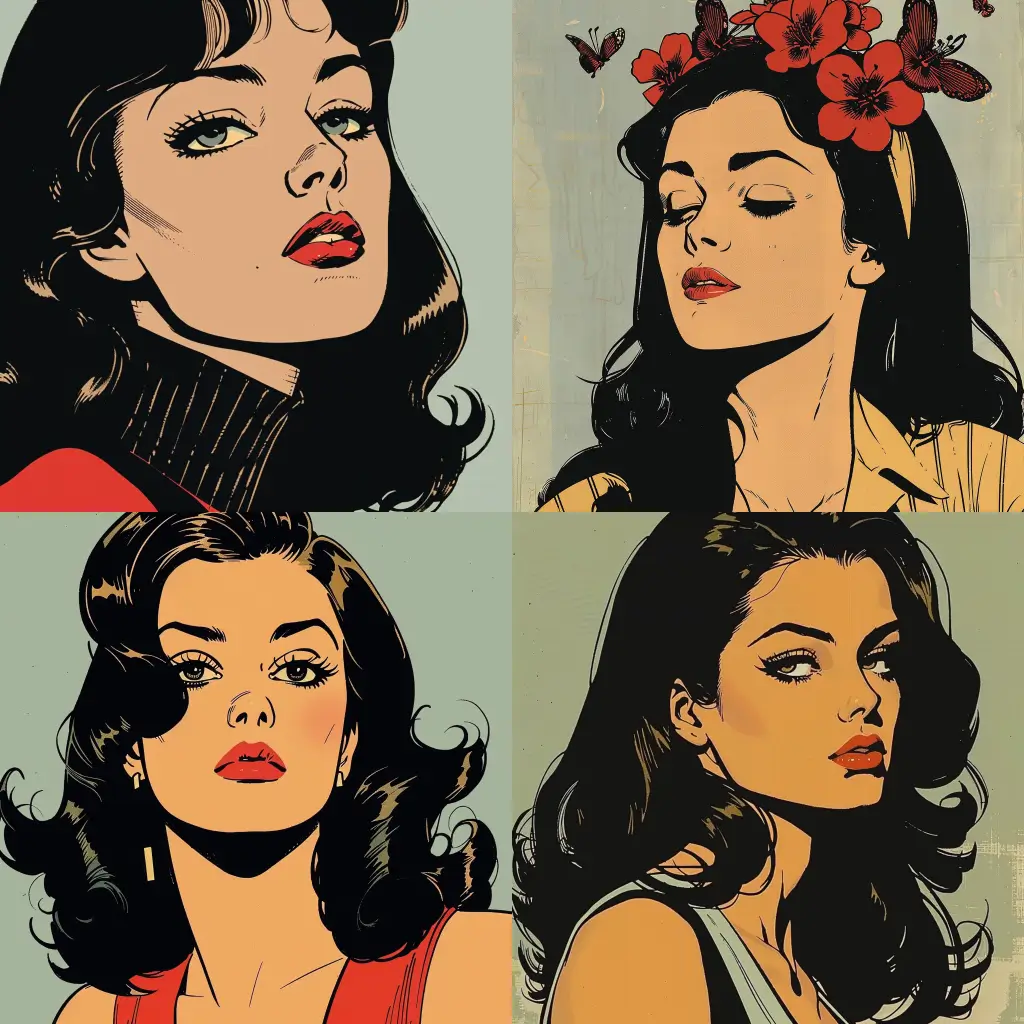
- –sref 202, Example prompt: Illustration of a detective character –sref 202
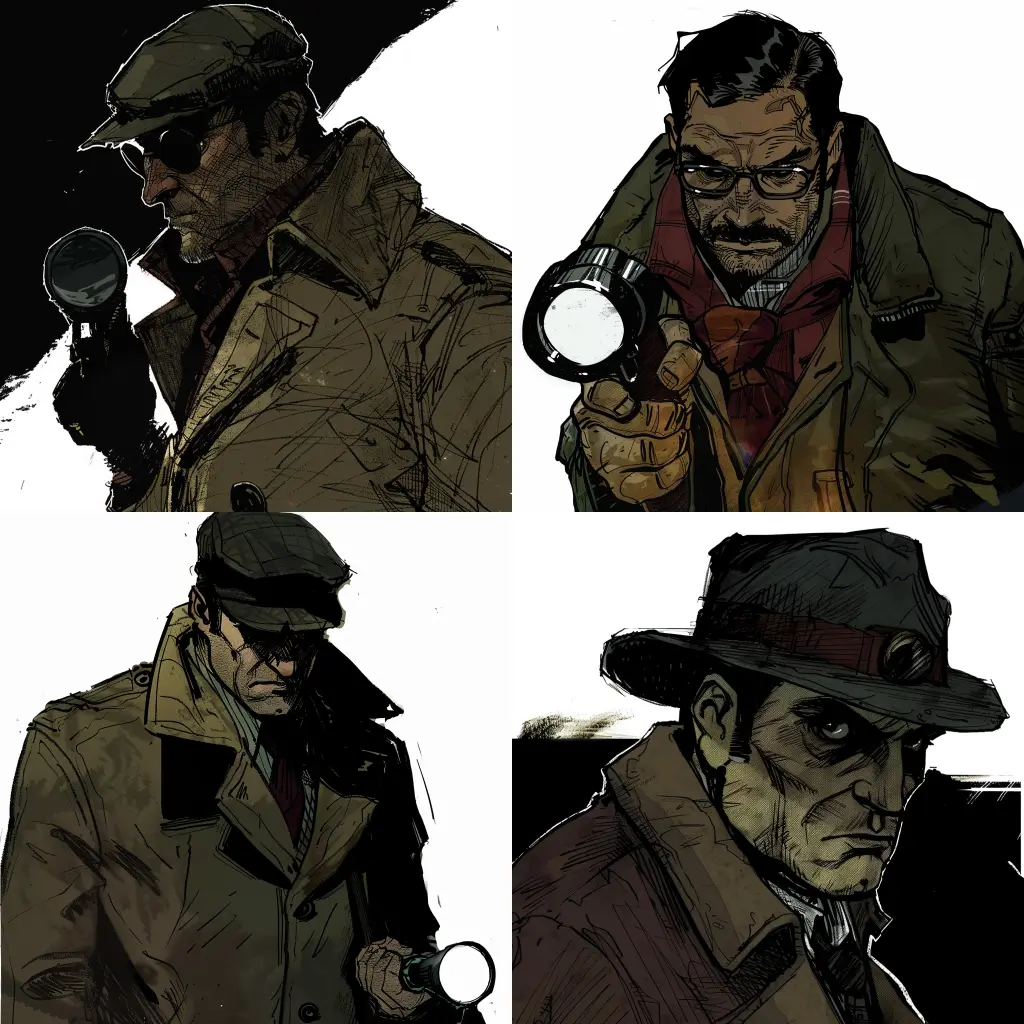
- –sref 3577851696, Example prompt: Illustration of a ghost –sref 3577851696
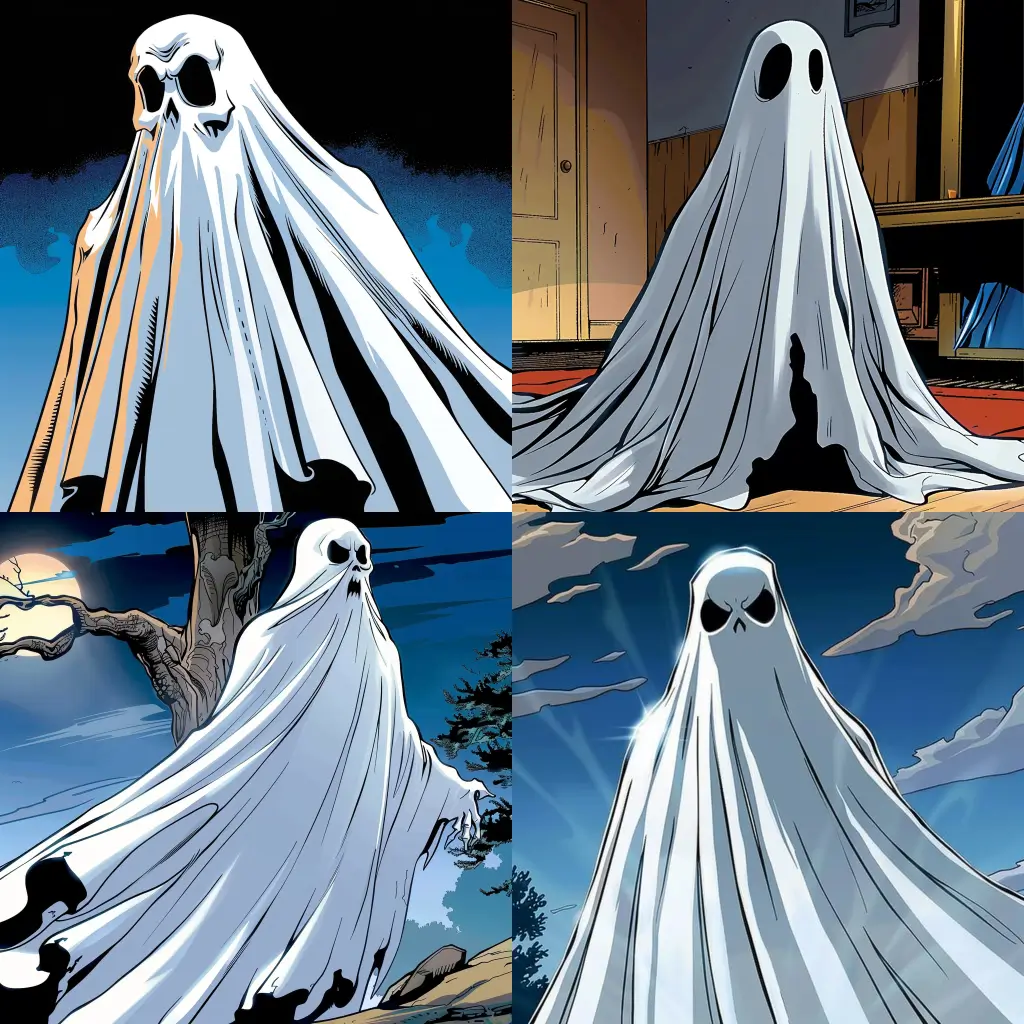
- –sref 2869196905, Example prompt: Illustration of a prince –sref 2869196905
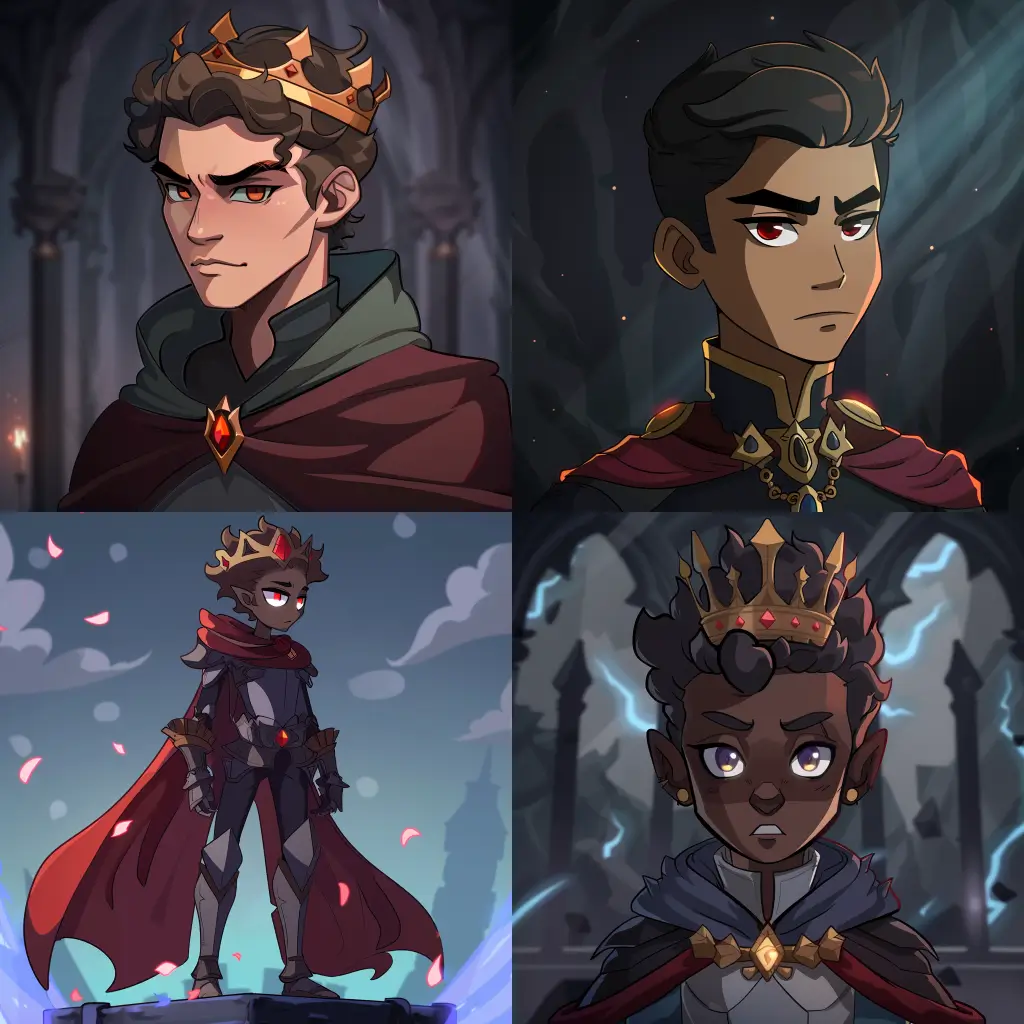
- –sref 783, Example prompt: Landscape illustration –sref 783
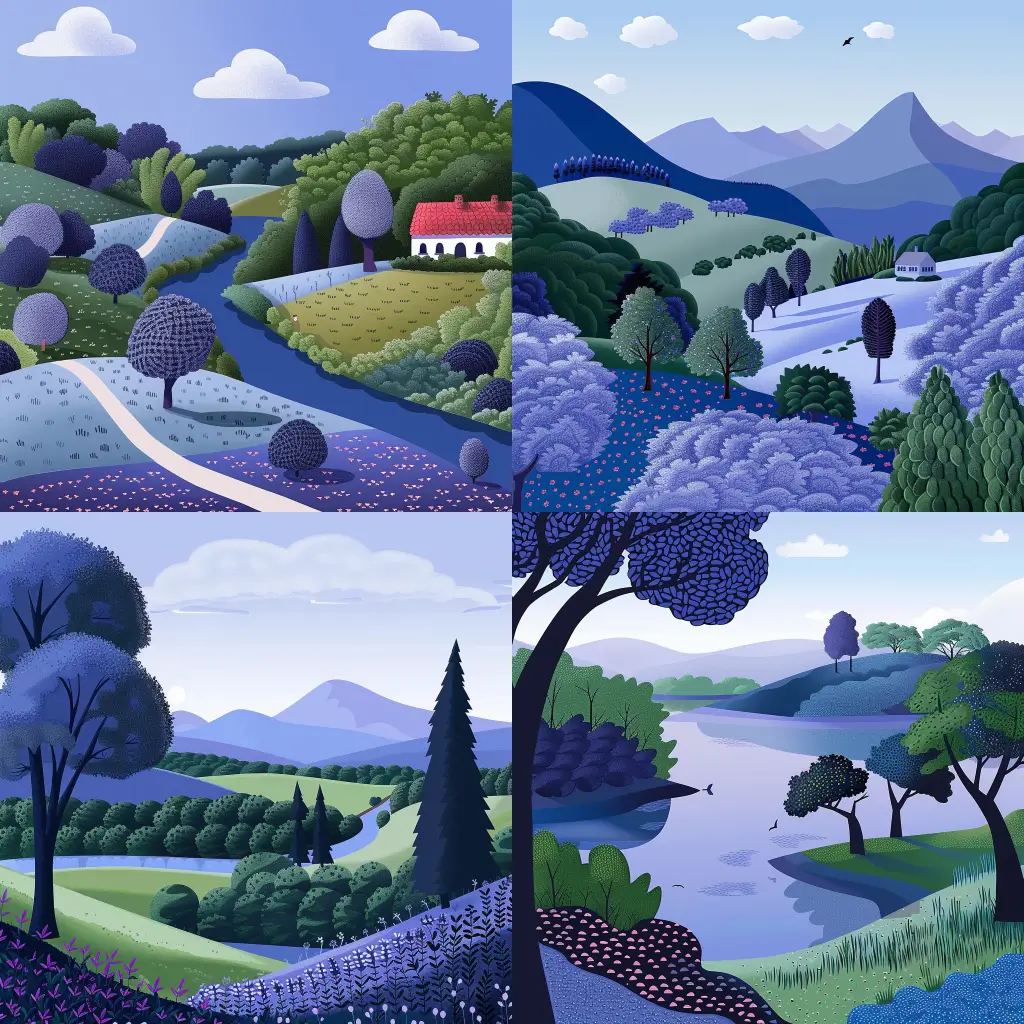
- –sref 4233906987, Example prompt: Illustration of a city street –sref 4233906987
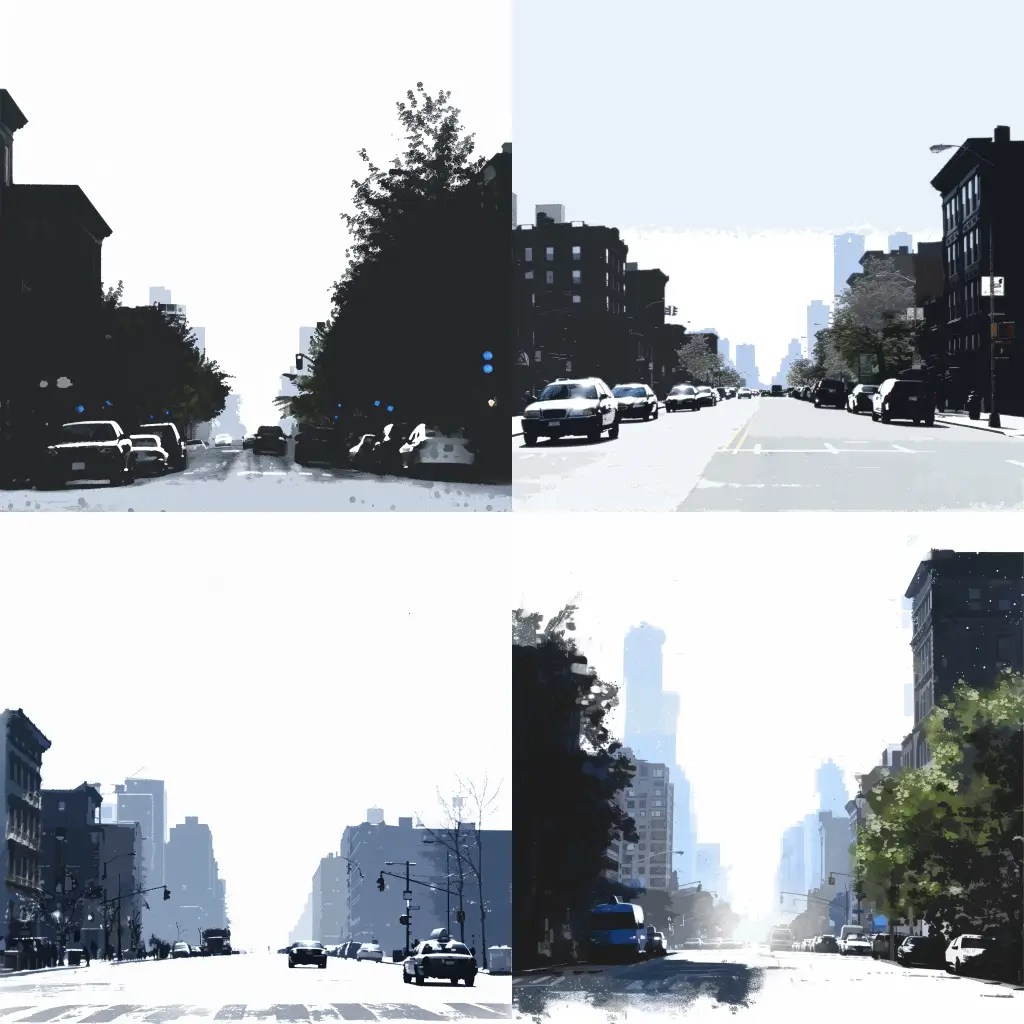
- –sref 4302, Example prompt: Illustration of a vampire –sref 4302
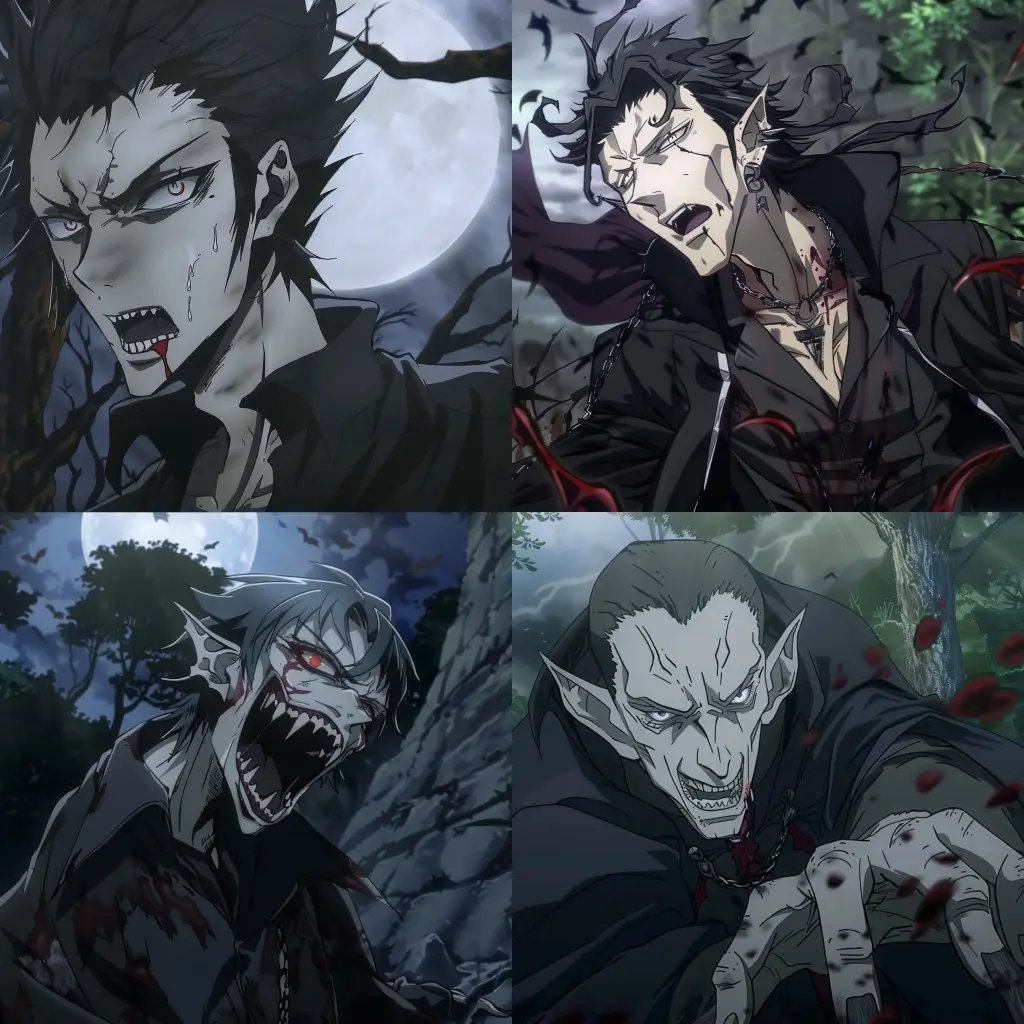
As you can see, there’s a style here for every occasion. Whether you’re illustrating a children’s story, a spooky tale, or just a beautiful scene, these sref codes have got you covered. I encourage you to experiment with them, mix and match them with your own prompts, and see what incredible illustrations you can create.
Tips for Using Sref Codes
Alright, now that you’ve seen some amazing sref codes, let me share a few tips to help you get the most out of them in your own illustrations.
First, don’t be afraid to experiment! The beauty of sref codes is that they can be combined with any prompt, so feel free to get creative. Try using the same code with different prompts, or try using different codes with the same prompt. You never know what amazing combinations you might discover.
Second, remember that sref codes are just one part of your prompt. They set the overall style, but you can still add other elements to your prompt to customize your illustration further. For example, you could use an sref code for a whimsical style, but then add “dark and moody” to your prompt to give it a unique twist.
Third, if you’re not getting quite the results you want, try adjusting your prompt. Sometimes, a small change in wording can make a big difference in how Midjourney interprets your prompt and applies the sref code. Don’t be afraid to iterate and refine your prompts until you get the perfect illustration.
Finally, have fun with it! Sref codes are a fantastic tool, but they’re not meant to replace your own creativity. Use them as a starting point, but don’t be afraid to put your own spin on things. The best illustrations are the ones that come from your own unique vision and style.
Well, there you have it! 18 incredible sref codes for Midjourney that will help you create stunning illustrations in a wide range of styles. I hope this post has given you a good understanding of what sref codes are, how to use them, and most importantly, inspired you to create some amazing art of your own.
Remember, the key to creating great illustrations with Midjourney is to experiment, have fun, and let your creativity run wild. With these sref codes in your toolkit, you’ve got a fantastic starting point for all sorts of incredible projects.
So what are you waiting for? Go try out these codes and see what kind of magic you can create! And don’t forget to share your creations with the world – I’d love to see what you come up with.
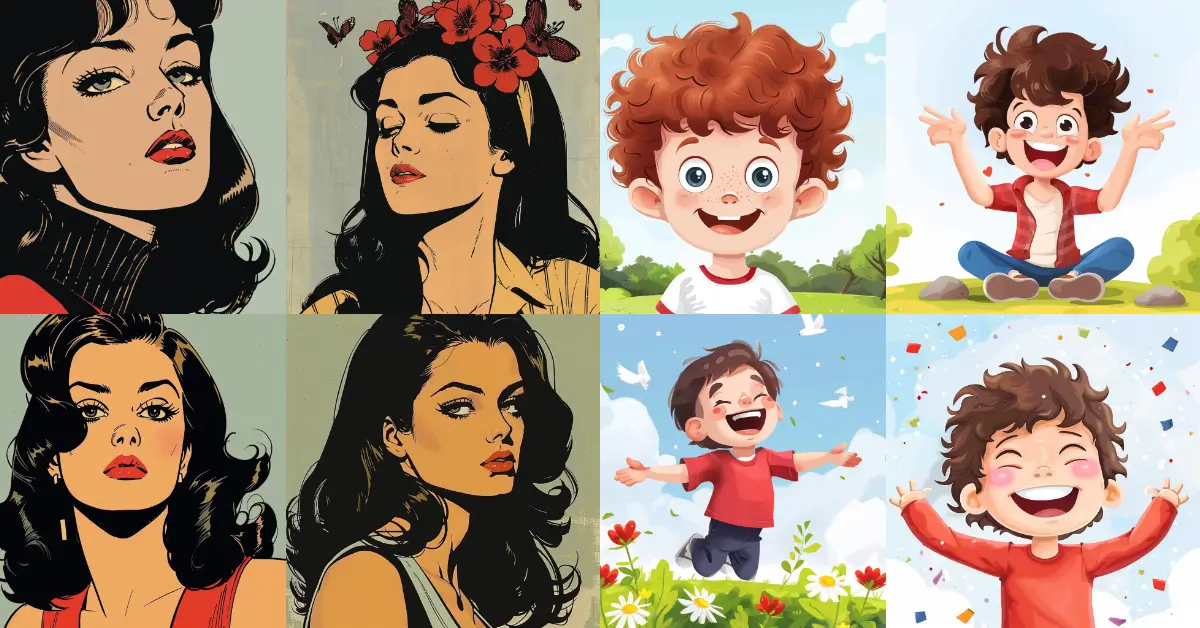

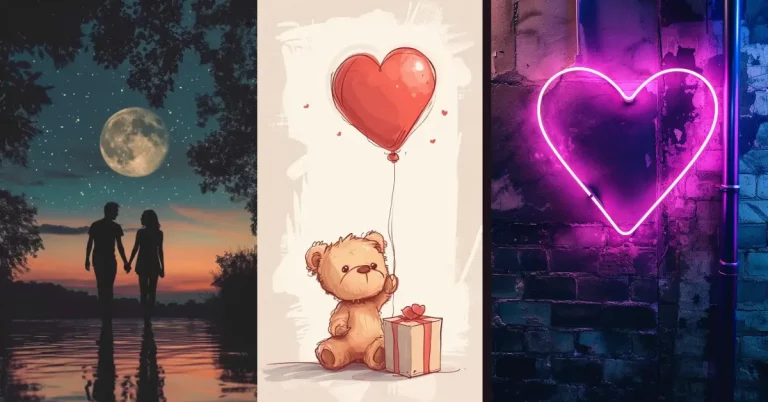
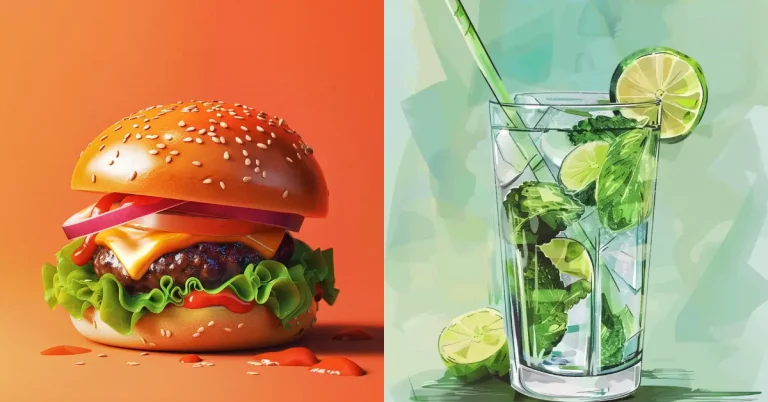
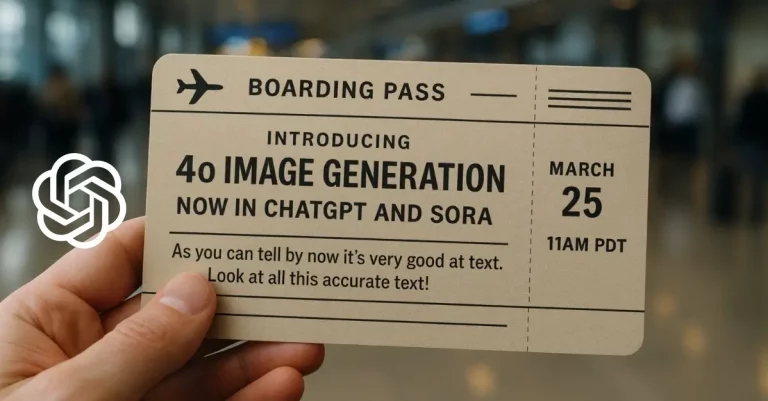
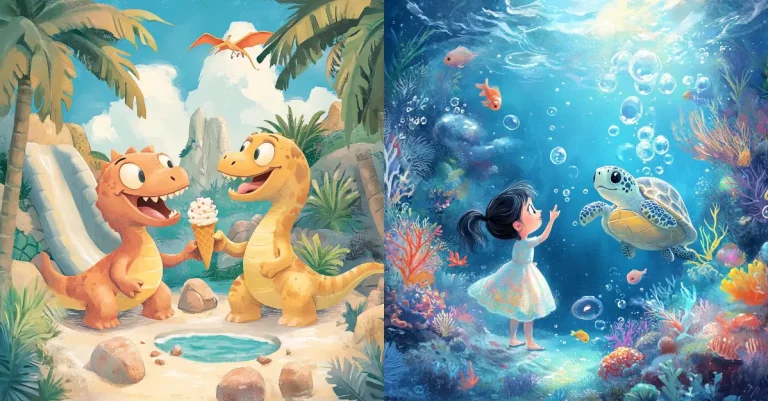
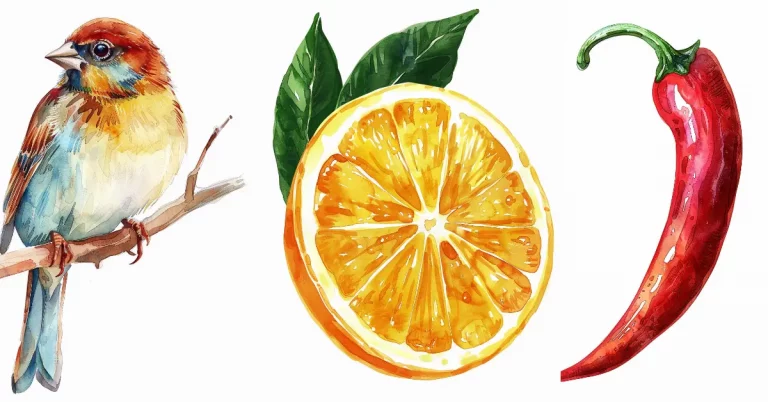
Nice, I really like the style of the set of images with code -sref 130.
Hi,Recently, I have also been learning how to use the sref parameters on Midjourney. However, I haven’t found any dedicated websites that showcase sref codes for reference. So I’ve been collecting codes shared by other creators on Twitter, and so far I have over 500. I will continue updating this collection. I’m also sharing my website, so we can learn together.